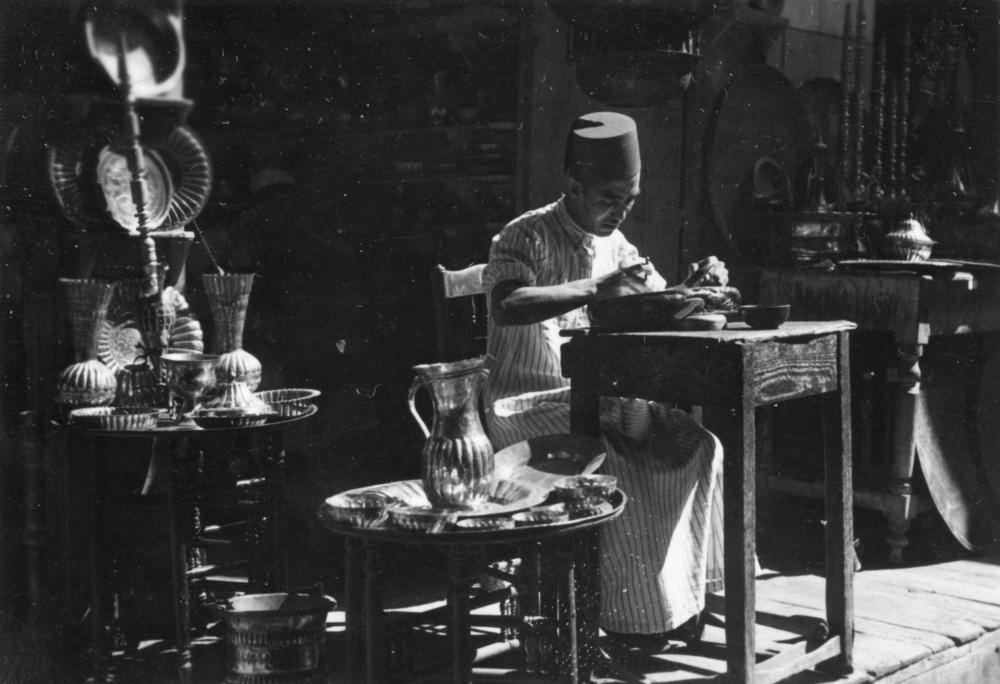I found this photo of the early morning sun over the Mediterranean coast of Egypt, probably Port Said which faces east. It was taken during the war, in 1941 or 1942.
I selected it because of the sunrays bursting out below darkish clouds. I love the silhouette of the lamppost and the large tent, but what I love even more is what appears on an image like this, one that I’ve looked at for the past fifty years as a Kodak 4″ x 3″ photo in an album, when I brighten it with an image editor and all the detail of the tents, the lamppost, the fence and the man in white becomes evident. The scene was captured by a Brownie box camera, but no one back in Australia knew what was below that morning sky, until now. It’s an exquisite pleasure to draw details from a black and white photo which have hidden there all these years. See a photo I submitted during the February photo challenge, where some words I had ignored, because barely visible on a tiny photo, became plain as day with a bit of image tweaking.
Here’s the photo for the Sun challenge, as it looks in the album:

And below is the photo with adjusted curves. For me, someone with bad night vision, this is what I imagine it’s like to see in the dark.














